|
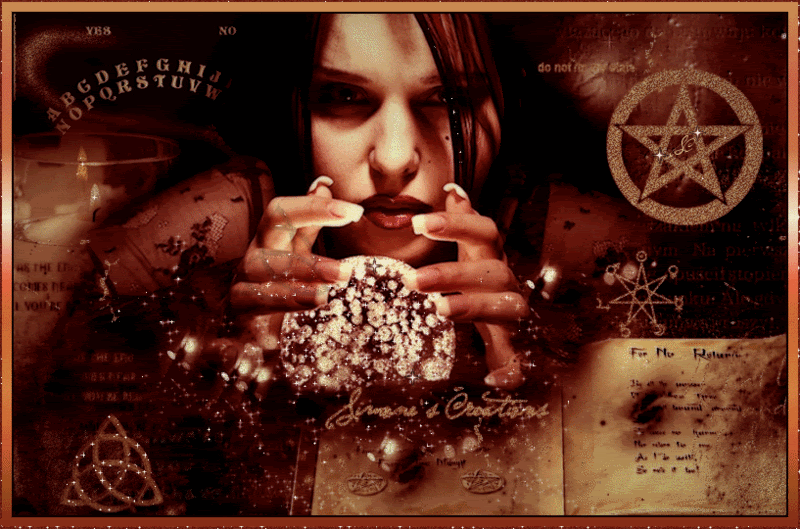

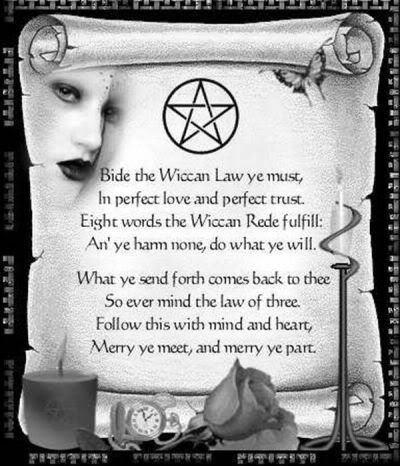
Wicca is a common and much older name for witchcraft. The term witchcraft has been defined in different ways. In the past it has most often referred to the human harnessing of supernatural powers for the malevolent purpose of practicing black magic. For this reason, witchcraft, sorcery, and magic are nearly synonymous. Witchcraft is not, however, synonymous with Satanism. Not all witches worship Satan, and in fact most do not believe in Satan at all. Nor do they believe in hell, evil, or original sin. These groups believe that Satan is an imaginary creation of the Christian Church. If they believe in Satan at all they will tell you that the devil is just another Christian diety. They also do not believe in demons, and their deities are considered to be "imminent", or within each of us, meaning that everyone is actually deity.
A few groups do, however, worship Satan. During the Middle Ages, witchcraft experienced a great revival. The supernatural became very popular and superstition abounded. If someone wanted to become a witch, there was an initiation process. Some of the techniques were simple and some were complicated, but there were usually two requirements. The first was that the would-be witch must join of his or her own free will. The second requirement was that the prospective witch must be willing to worship the devil. Modern day witches, however, are not typically Satan worshipers.
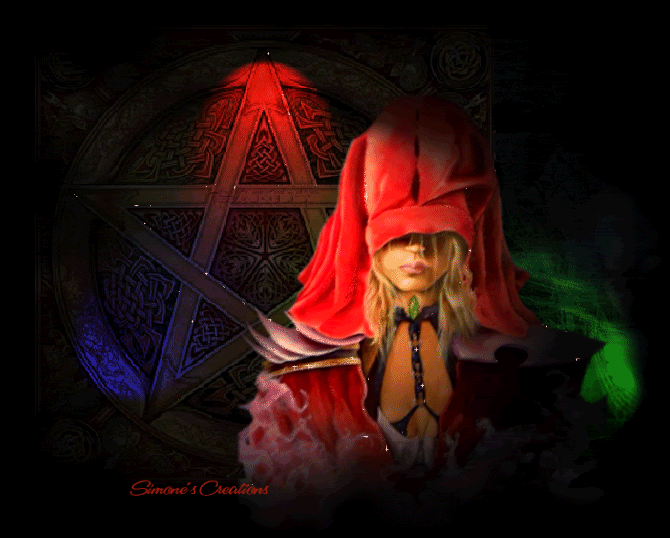
Much like the New Age Movement, most Wiccans do not accept the belief that there is good or evil. They argue that there are only forces that must be balanced. Evil is just a necessary part of good and the negative can be transmuted into the positive (a basic belief of medieval alchemy). While political views are not universal among witches, most support neo-tolerance. There is no absolute truth. What's true for you may not be true for me, so everything is true, just pick one. They also are strong supporters of women's rights and matriarchy, sexual "freedom" (including homosexuality, polyamory, non-monogamy, sexual activity by teens), abortion, and the abolition of Christianity from public life, especially in schools and governmental functions. In recent years there have been lawsuits filed by Pagans against such things as "In God We Trust", student-led prayer in schools, the Ten Commandments, and Christian symbols, such as the Cross, in city and county seals. However, many are also active in getting the schools to teach the Wiccan holidays (Halloween, Winter Solstice, etc.), pagan elements of "Earth Day", and Pagan symbolism. An ally in the fight to introduce pagan earth worship into the schools is found in the United Nations as they are working to promote the Earth Charter in education, a document that contains much pagan tradition and doctrine.
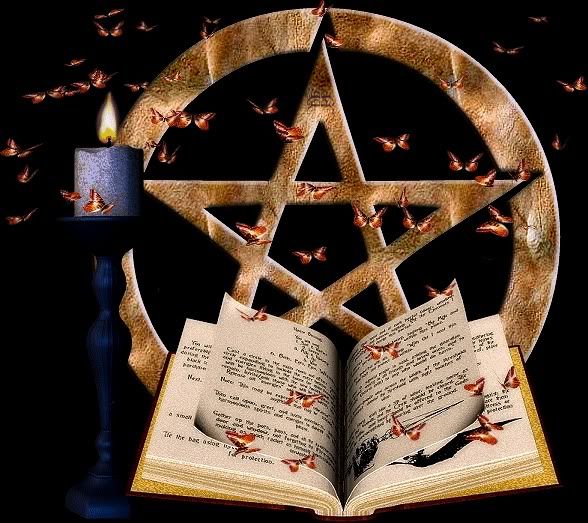
Modern day Wiccans tend to distance themselves from Christianity because of what they claim is the proliferation of a patriarchal male-dominated religion that has historically ignored the role of women in the church and society. Traditionally, however, there have been as many, if not more, male witches/sorcerers than female in some pagan circles (e.g., the Druids). While not a religion for women only, today witchcraft is very much a female dominated religion.
The definitive start of the modern witchcraft era began with Gerald Gardner (1884-1964). As an archaeologist, Gardner had accumulated an extensive occult background. While in Southeast Asia, he learned the secrets of the Malaysian magical knife and became a Mason and a nudist. In 1939 when he returned to England an avid occultist, he became a member of the Corona Fellowship of Rosicrucians where he met Dorothy Clutterbuck. Clutterbuck initiated Gardner into witchcraft. Gordon wrote two books, one of which he claimed was to record accurately the history and practice of witchcraft, as he felt it was dying out. J. Gordon Melton stated in his review of Gardner's book Witchcraft Today, "Research suggests that Gardner did not discover a pre-existing Witchcraft group". A paper by Gardner published by Ripley's Believe it or Not disclosed that Gardner took the magical resources he acquired in Asia and a selection of Western magical texts and created a new religion centered upon the worship of the Mother-Goddess."
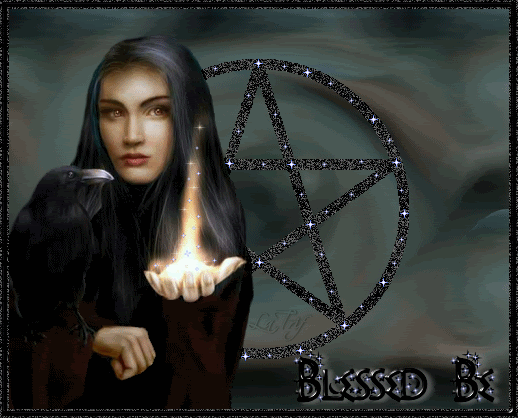
This was an important beginning in witchcraft, for it is the worship of the Mother-Goddess that has become the focus of modern witchcraft. From Gardner's writings, greatly influenced by Aleister Crowley, Theosophy, Freemasonry, ritual/sex magic, and numerous other occult sources, emerged modern day Wicca.
There are a wide variety of beliefs and practices in modern day Wicca. However, despite the pluralism and diversity, distinct principles derived from Gardnerian Wicca are common to most modern witches. Some of these beliefs are as follows:
Everyone has the divine (or goddess) within.
One should develop natural gifts for divination or occult magic (often spelled 'magick' by occultists.)
Divine forces or nature spirits are invoked in rituals.
The Goddess, as either a symbol or a real entity, is the focus of worship.
Nature and the earth are sacred manifestations of the Goddess.
Everyone has his or her own spiritual path to follow.
Rituals and celebrations are linked to the seasons and moon phases.
Meditation, visualization, invocation (calling on forces or gods/goddesses), chanting, burning candles and special rituals trigger a sense of the mystical, thus reinforcing the core belief system.
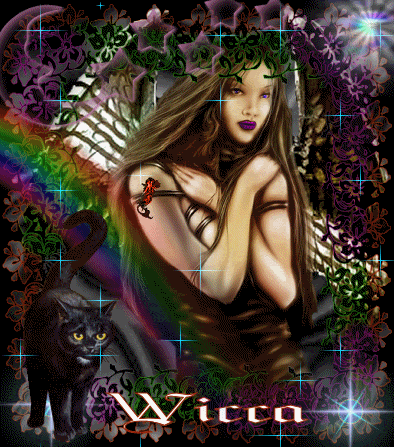
These beliefs will often be mixed with a combination of mystical traditions, Celtic or Norse paganism, Greek and Roman goddess worship, ancient Egyptian spirituality, Eastern Shamanism, or even Native American spiritual practices depending on the group. All of these groups revere nature, support peace, and believe society cannot be at peace if we are out of harmony with nature or are mistreating Mother Earth (also known as Gaia, the name of a pagan goddess given to Earth). This aspect of Wicca is very similar to the New Age Religion supported by the United Nations and many of it's members, NGO's and leaders. Divination techniques such as tarot cards, astrology, runes, the I Ching (from Chinese Taoism), clairvoyant or psychic readings, candle magick and other occult practices are not only common but encouraged by most groups.
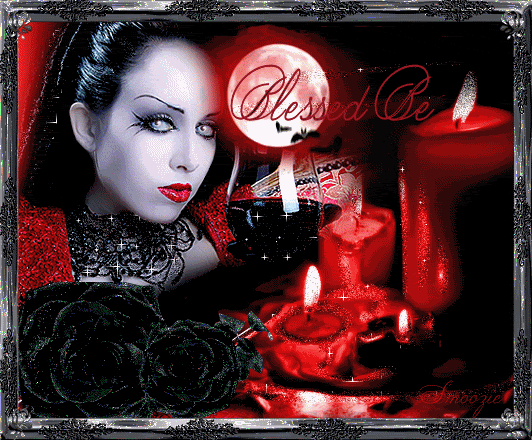
Similar to Hinduism, the serpent is believed by Wiccans to be a symbol of eternal life and female spiritual awakening or power. In Hinduism, yoga and meditation results in enlightenment from awakening the kundalini, or power known as the serpent power believed to be coiled at the base of the spine. Other symbols used in witchcraft are:
Pentagram and pentacle - A 5-pointed star used for protection, spells.
The Ankh - Egyptian cross-like symbol with a loop at the top associated with the worship of Isis. T
The Crescent Moon - A symbol of the Goddess also used in Islam. Crystals - believed to contain healing and spiritual properties. Crystals are also used by many other new age cults.
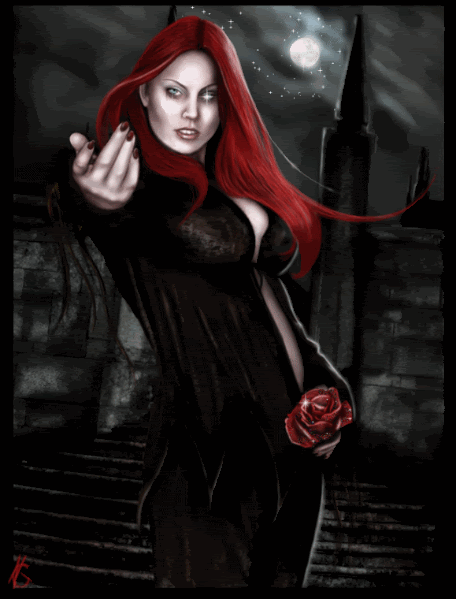
One hurdle that will have to be crossed in witnessing to a person involved in Wicca is their lack of belief in a need for forgiveness or salvation. To the witch, there is no sin therefore no need for forgiveness. There is no need for salvation, as there is nothing to be saved from. The main tenet of Wicca is the "Wiccan Rede" which states "And it harm none, do as ye will". Basically, as long as you don't hurt anyone, anything goes. Of course, views of what actually causes harm vary from person to person. Most also believe that whatever you do will come back to you three-fold, so it pays to be careful. Some, however, believe that it is sometimes acceptable to cause harm as long as you are willing to accept the karmic consequence.
Views of an afterlife vary widely among groups. Witches do not believe in a heaven or hell and will usually espouse the concept of karma and endless reincarnation. Backed up by "memories" of "past lives" they insist the idea of living only once is ridiculous. Others believe in reincarnation until enlightenment, or endless rebirth until such time as the person is enlightened enough to pass on to some other existence. Again, what makes a person enlightened varies from person to person. Still others will openly admit they have no idea what will happen after death and say the will find out when they get there.
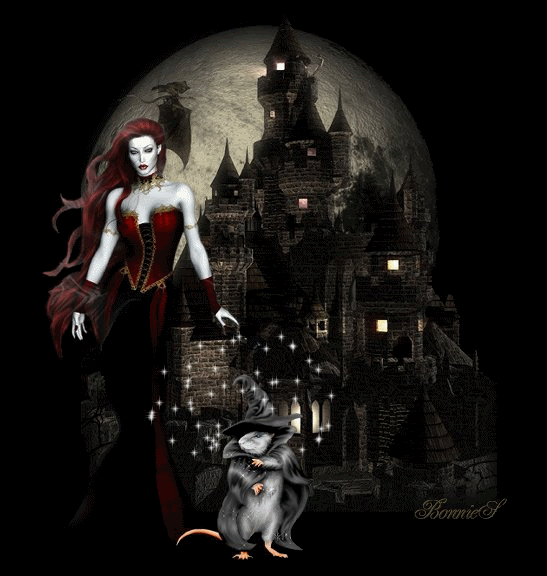
sources:
http://www.contenderministries.org/wicca/beliefs.php
background and graphics by:




|